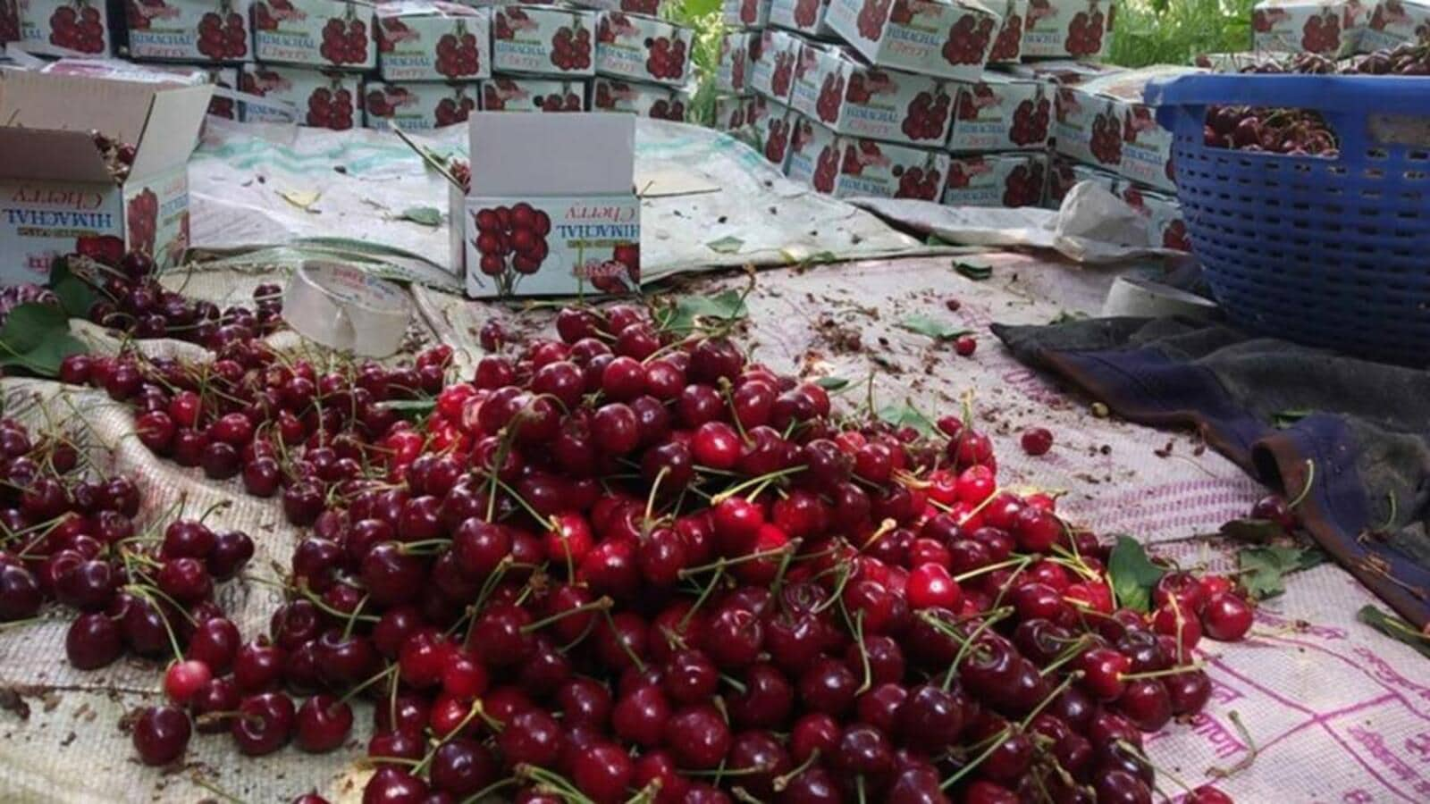Free Courses Sale ends Soon, Get It Now


Free Courses Sale ends Soon, Get It Now



Copyright infringement not intended
Context: Cherry farmers in the Kashmir Valley are facing a huge loss due to adverse weather conditions this year. The heavy rains and low temperatures have damaged the cherry crop during the peak harvesting season in May-June. Cherry is an important source of income for the farmers in the Valley, as it is the only fruit that matures in summer, while other fruits are harvested in autumn.
Details
Key Points about Cherry Farming in India
Cherry farming in India is a specialized and region-specific agricultural activity, but with increasing awareness of the health benefits and market potential, it may witness further growth in suitable areas. However, it remains a relatively small-scale and localized industry compared to other fruit crops in the country.
|
PRACTICE QUESTION Q. What type of climate is best for cherry cultivation? A) Hot and humid tropical climate B) Cold winters and mild summers in temperate regions C) Arid and dry desert climate D) Warm and wet subtropical climate Answer: B Explanation: Cherry trees thrive in temperate climates with cold winters and mild summers. They require a period of winter chilling (cold treatment) to break dormancy and initiate flowering in spring, which is essential for fruit production. |
© 2024 iasgyan. All right reserved